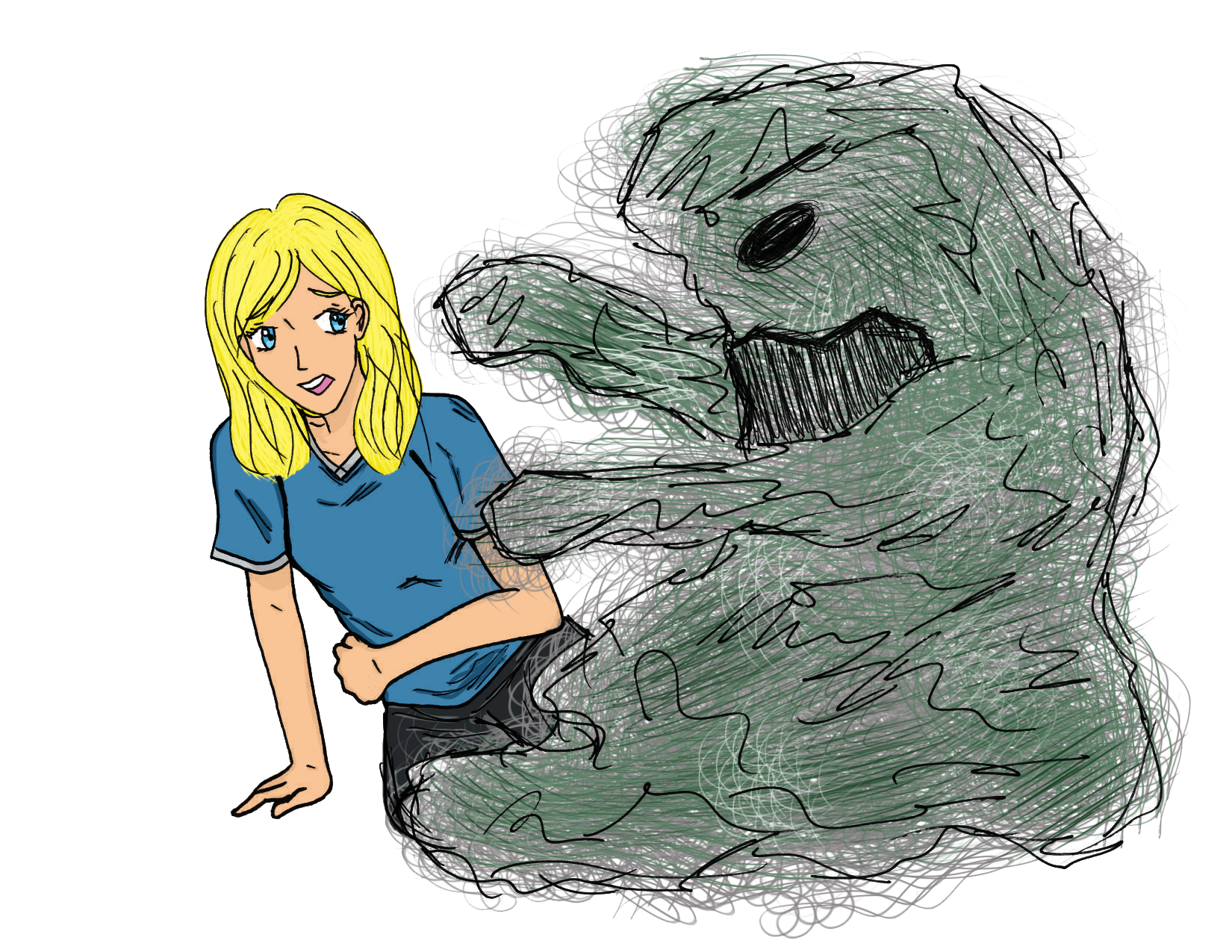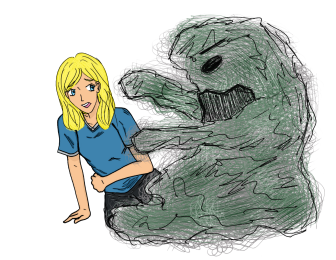
In late December, the administration discovered mold growth in the lower science wing due to flooding. While the investigation is ongoing, the administration believes that the mold will not cause serious damage if dealt with correctly, but the disruption has still affected many teachers.
A storm four years ago created a flood much like the one a few months ago and the administration had to deal with a similar pattern of mold growth.

Vice Principal Joe Mahood says, “[The administration] knew that there would be mold. The district office decided [to have] a company come out the first week in January. Greystone is now doing the investigation and right now they are still investigating how extensive it is and how they are going to remove it.”
As far as permanent solutions, Mahood says, “[We] are working on one that will probably happen in the summer,” but the timing is still being worked out.
Although it has been a difficult situation, teachers and staff have found ways to adapt to the current circumstances and not let the classroom changes impede the learning and productivity in the classroom. Physics teacher Steve Ratto has been moving from various math classrooms to the student lunchroom in order to continue teaching his classes. He says, “I’ve been kind of all over, running some of the labs in the Student Lunch Room, just trying to find a space. We are trying to stay in a similar area and trying to get as many science classrooms as we can.”
However, the schedules do not always line up, so compromise has been essential.
Although it has been difficult to transfer all the supplies needed for labs, Ratto says, “In reality, it’s maybe added a little bit of time to things, but we haven’t lost any of our curriculum.”
While the investigation is still ongoing and has been disrupting class, Ratto explains, “Spend the time now, get it fixed, make sure they do it right, and make sure its protected in the future. The worst would be to have to go through this again.”
Not only have teachers been forced to change their schedules, the robotics team returned to school on Jan. 5 to find out that its members could not work in their usual classroom. Arron Apperson, science teacher and robotics team advisor, says, “It’s affected us in two ways: one because we don’t have access to the shop. The kids are not able to fabricate their own parts. That’s more up to the mentors farming it out to other fabricators. The other way is that we lost our computer lab.”
While the shop and computer lab are being inspected, the robotics team is currently working in Apperson’s chemistry room and in the computer lab in the math wing. Additionally, Apperson says, “We’ve had to adapt by having students bringing their own computers and downloading AutoCAD so we can then create the parts in AutoCAD that are sent out and can be fabricated by other people.”
Mechanical Lead for the robotics team sophomore Josh Dewitt explains, “It’s been difficult because we’ve had to get parts out of the shop because that’s our main storage place, so we’ve been very limited in our resources.”
Dewitt agrees that the team has adapted well to it’s situation, saying, “It has slowed down our original schedule, but we’ve have found other places to machine parts, so it’s unlikely that we’ll have a lower quality robot.”
The solution to preventing mold growth has been a continuous process. Apperson says, “The mold in the new building is directly due to the flooding, and we knew that it was going to flood four years ago when it was first built, and nothing has been done to solve that problem, and it’s hard to keep mold from growing if you have a damp situation.”
